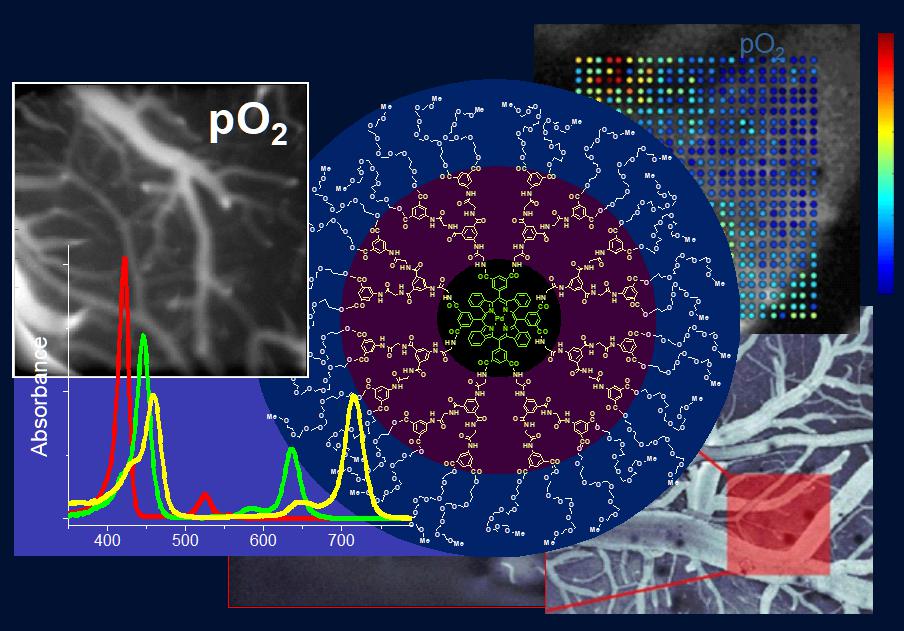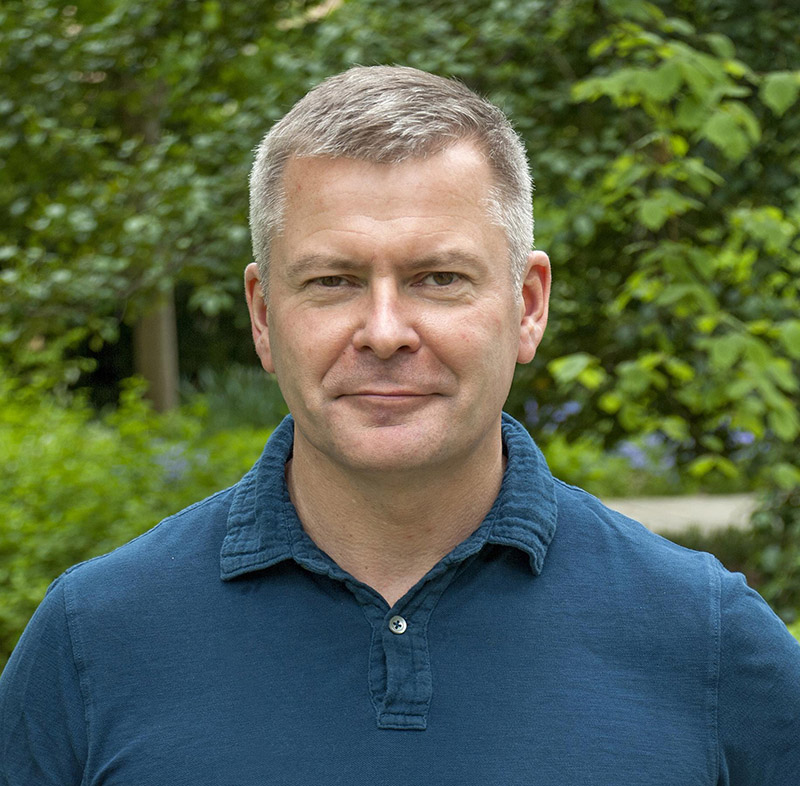Date: Thursday, 23 July 2020 - Available on Demand
- 8 AM PDT (San Francisco)
- 11 AM EDT (New York)
- 5 PM CEST (Berlin)
- 6 PM MSK (Moscow)
- 11 PM CST (Beijing)
- 12 AM JST (Tokyo)
Overview
Molecular oxygen plays a unique role in cellular energy metabolism by serving as the terminal electron acceptor in the mitochondrial respiratory chain. Consumption of oxygen is tightly coupled to production of cellular energy, while physiological levels oxygen vary considerably depending on the tissue type and metabolic load. In this talk we will review the phosphorescence quenching method for biological oximetry. With properly constructed molecular probes this method provides a quantitative, robust and versatile technique for measuring oxygen in biological tissues. When coupled with two-photon laser scanning microscopy, phosphorescence quenching may be used for imaging oxygen in vivo in 3D with micron-scale resolution.

About the Speaker
Dr. Sergei Vinogradov is a Professor of Biochemistry and Biophysics and of Chemistry at the University of Pennsylvania. His research encompasses chemistry of porphyrins and pyrrolic dyes, energy and electron transfer in multichromophoric systems, optical spectroscopy and imaging. In the past the main focus of the lab has been optical imaging of oxygen, including chemistry of imaging probes, phosphorescence lifetime imaging instrumentation and various biological applications of phosphorescence.


